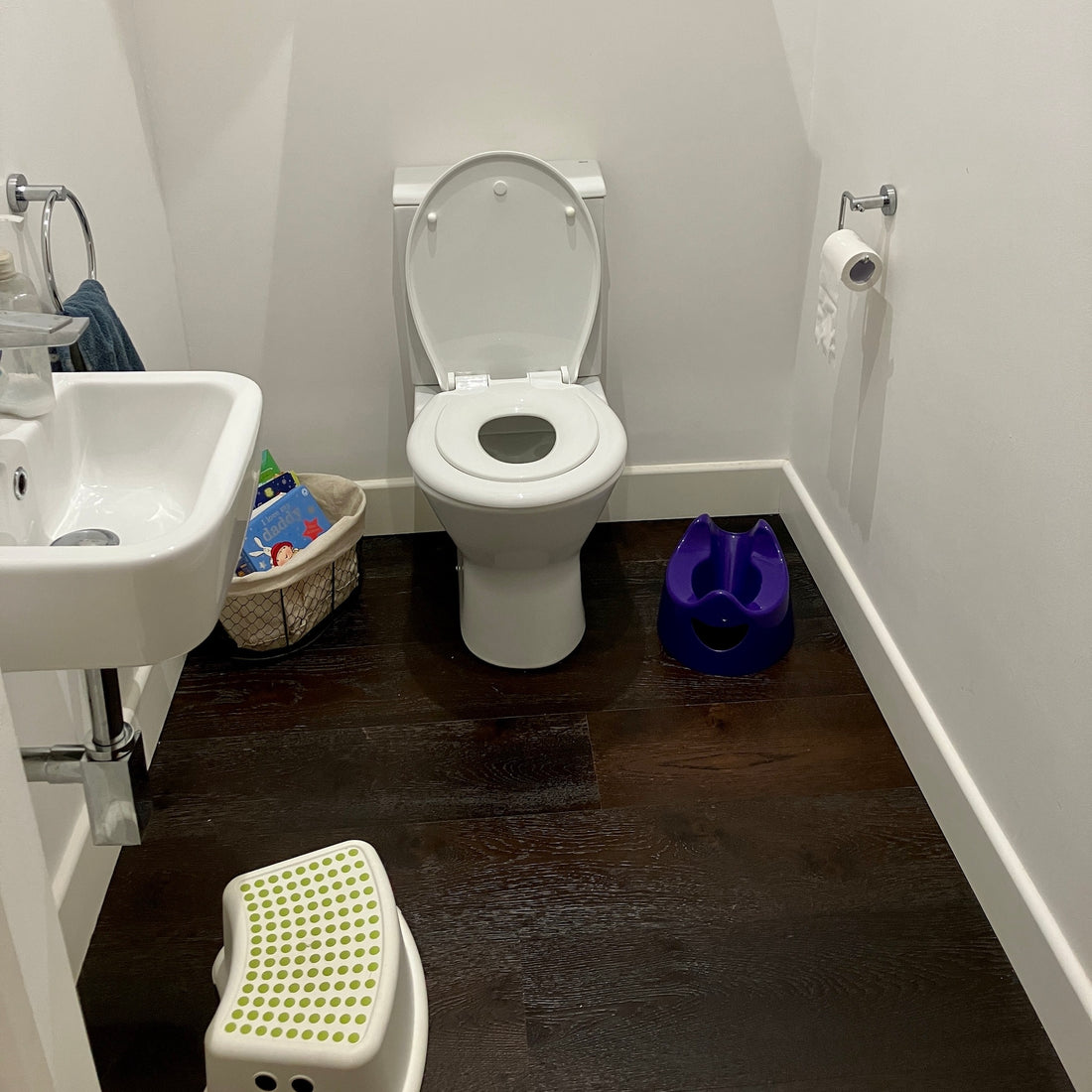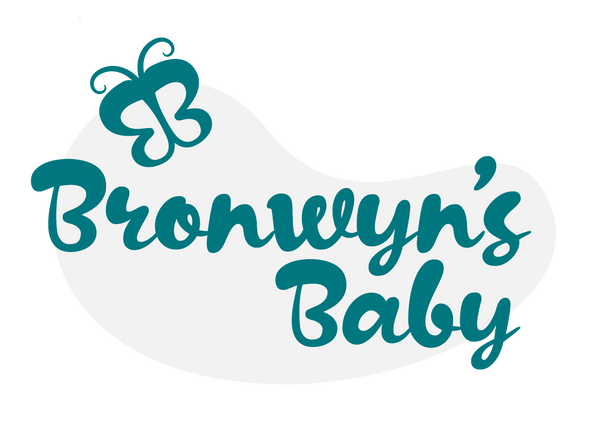
Potty training made easy
Lots have you have been popping into the shop lately, to ask advice on your next stage of helping your little person to use the potty or toilet independently.
Here are some tips based on my own journey of helping my 3 children to use the potty and toilet instead of a nappy. All were fully out of daytime nappies between 15 and 18 months. But these tips can be applied to any age and adapted to suit your child, lifestyle and needs. Take what you like and leave the bits you don’t.
- Be super calm and easy going about the process. Going to the toilet is just something we do, just like getting dressed, brushing teeth or any other routine activity you might do in your house.
- Introduce them to the process as early as possible even if you don’t think they are ready to leave the nappies behind. Take them with you to the toilet. Have a potty or seat reducer ready in advance and talk about where we do our wees and poo etc. try not to shame or be embarrassed. It’s something we all need to do and is a completely normal bodily function. The more exposure they have to seeing siblings or parents using the toilet/ potty the easier it will be for them to realise it is something they can do too. They don’t need to be out of nappies at this stage. You can just expose them to the concept. It might seem a bit weird but if your child is an only child or the older sibling with no friends who are potty trained already, it might be helpful to watch some You-Tube videos (proof watch first) of babies and toddlers using the potty with your child.
- Follow the lead of your child. Any process or new routine is easier to implement if they are on board with it!
- No child is ever too young to start using a potty or toilet. There is a common assumption that children need to be able to pull down their own pants and have good speech to be ready to use a toilet instead of a nappy. Although it might be easier when these things are being done, they are stand alone milestones. Do what is right for your family, your child and your lifestyle. A good communication tool to use if the language isn’t there yet is a chest tap. A double tap on your chest is widely known in the baby signing/ EC world. Babies as young as 7 months can learn and understand a chest tap which will be many months before they can say ‘wee’ or ‘poo’. Another well known sign for poo is a clasped hand around a thumb, pulled upwards. Teaching kids signs also can save any embarrassment they may feel when they are older and want to communicate with you without letting a busy room of people know what they want. My 8 and 4 year olds regularly use the baby signs to communicate with me in a crowd when they don’t feel able to use the words.
- Avoid starting new routines such as potty independence around times of other big changes eg. House move, starting nursery, new baby siblings etc. Wait it out a few months or start way before that change occurs. If the latter expect a few regressions and know that’s normal and ok.
- A travel potty with a lid is your best friend! Pop it in the car or under the buggy. Even if they’ve been out of nappies for a while sometimes there isn’t a toilet available when you’re out on adventures or if there is it might not be clean or welcoming for a little one. Having a familiar potty to use in those situations can be really helpful.
- When you’re ready to take the plunge make sure you have at least 3 or 4 days at home if possible. (If this isn’t possible then a slower more gradual approach might suit you better.) Explain to your child that the nappies are gone and we’re going to do our wees and poos in the potty or toilet now. Have a potty available and accessible to them in their play space for those few days. Stay close to them, use this time as an opportunity to play lots of games with them, read books, play outside etc. Aim for bare bums for the first couple of days and pop the baby or child on the potty when a wee or poo starts. Use phases like. “Oh look, you are doing a wee, let’s finish it on the potty”.
- Remember this is a collaborative skill you are both learning together. No shaming when mistakes happen and wee or poo ends up on the floor. “Oh dear, let’s finish it on the potty. Next time you feel your body needing to go, sit straight on the potty, ok?” “Good job! Well done! You’re doing great! Yeah, you’re getting it! You finished it on the potty!” Etc etc are all great phrases to encourage. When there are accidents/ mistakes, which there will most likely be, just clean it up, make no big deal about it and carry on. “Try again next time. Oops we do our wees on the potty. Let’s clean this up and get our next one on the potty.” Etc etc. you get the idea! Keep reinforcing the positive message. This is what we do now.
- Keep them bare bum until they are more consistently noticing and using the potty to catch most of their wees and pops. For a lot of children 3 days seems to be the most common length of time. Some take longer. Some are quicker. Once they are that stage you can start to introduce pants. It’s up to you if you want to use training pants which have a little bit of absorbency in to catch one wee (I found these helpful for out and about when I wasn’t able to be so tuned in to my child’s toileting needs. Or they might need to hold it a little longer than at home). Otherwise go straight to little pants. Make sure you have plenty because they most likely will go through a few pairs a day to begin with whilst they remember this new skill.
- If your toddler or baby still naps then please don’t let them solider through. Do let them nap. Sleep is when we cement our learning. Sleep is essential to learning any new skill. If you’re worried about bed wetting then either pop a nappy back on or put down waterproof sheets/ covers. We always used to use a soft but waterproof change mat (it was a fabric one) underneath mine when they were napping and I wasn’t confident about them staying dry. An overtired child is more likely to wet themselves.
- If your child goes to other caregivers or nursery when you are not around, make sure they are on board and are fully aware of your plans beforehand and what approach you have taken etc. for consistency.
- If your child isn’t ready to pull down their own pants then do help them. I still help my youngest and she has been out of nappies for well over a year. She can do it independently but sometimes she is so desperate she just needs to concentrate on holding it whilst I help her pull her leggings down and hop up on the toilet.
- As they gain confidence then move the potty further away, back into your toilet. And remind them where the potty is and when to use it.
- Offer the toilet at transition points I.e. we all go to the toilet when we wake up; go to bed; leave the house; before dinner. Etc. etc.
- Make it fun and a time for reconnection. We have a little basket full of books to read in the toilet for them. I found this to be especially helpful when they need to do a poop. Sit and read with them whilst they relax into doing their wee or poop. Let them bring a toy with them if that’s more incentive.
If this all seems way to daunting then just start small. Buy a potty and introduce it to your child. You both need to be ready. If you are anxious then they will sense that too. It’s just another stage, another phase but one we all go through and come out the other side of. Trust your child. Trust yourself. You’ve got this!
And if you’re struggling at all or have more questions ping me a message or pop into our High Street shop during opening hours to chat in person.
Good luck 🤩
Written by Kim (Mum to 3 children ranging from 8 years down to 2 years old) and owner of Bronwyn’s Baby.
Follow our socials for up to date info, book into one of our groups or stock up on your potty training essentials in our shop.

